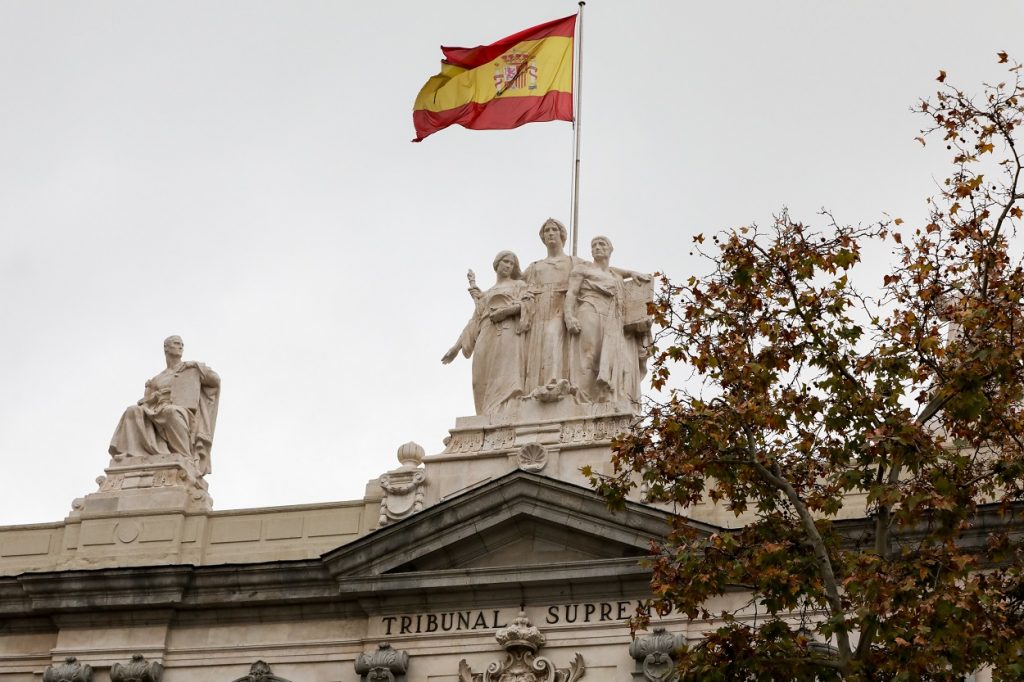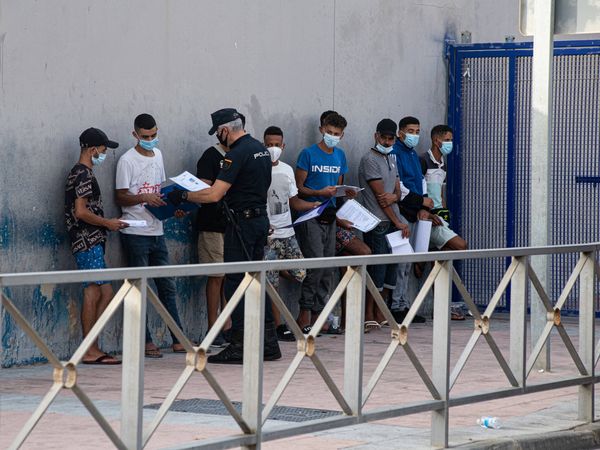Asylum in Spain: figures for 2016

The Spanish Commission for Refugee Aid (CEAR) has just published its 2016 annual report, with important data on the granting of asylum, which we will comment on below.
In 2016 almost 16,000 people applied for asylum in Spain, compared to the 14,900 who did so in 2015 (an increase of 7%).
Requests resolved in 2016
In turn, the government resolved 10,250 asylum applications corresponding to previous years. This implies that there are currently more than 20,000 requests to be resolved (only those submitted and not resolved in 2015 and 2016, not including those not yet resolved in 2014). This means that the deadline to decide, which legally is 6 months, will be extended to at least two years, a term that we believe could continue to be extended.
Of the 10,250 requests resolved, 6,855 were favorable (66%) while the remaining (3,395 or 34%) were unfavorable, that is, they were denied any type of international protection.
In turn, of the 6,855 favorable, 6,500 were for the so-called subsidiary protection, to people fleeing situations of internal conflict that represent a danger to their lives, as is the case of Syrian citizens. In fact, these were beneficiaries of 6,250 of these concessions.
Only 355 people were granted asylum proper, that is, protection motivated by persecution on the part of the State of the country of origin for political, religious, sexual preference or belonging to a discriminated ethnic or social group.
Likewise, only 605 people of different nationality than Syria were granted, as a result, international protection (either in the form of asylum or subsidiary protection).
In the case of Latin American countries, only resolved in 2016, for example, 40 requests from Venezuelans, all of them unfavorable.
As in 2015, no one was granted international protection for humanitarian reasons, when, despite not meeting the requirements for asylum or subsidiary protection, returning them to their country of origin would represent a risk to their life or personal integrity.
Applications submitted in 2016 (and still not resolved)
Coincidentally, the citizens of Venezuela became the largest applicants for international protection in 2016, with 3,960 (compared to 596 in 2015, an increase of 560%), followed by the Syrians, with 2,975 (vs. 5,724 in 2015, a 48% less) and Ukrainians with 2,570 (which compared to the 3,420 in 2015 represents 25% less).
After Venezuela, the Latin American countries with the largest applications are Colombia (615 vs. 129 in 2015), El Salvador (425 against 136 in 2105) and Honduras (385 against 148 in 2015).
60% of applicants are men, and the remaining 40% are women.
What can we conclude from these figures?
First, a change in the trend in terms of country requests. There was a considerable increase in petitions from Venezuela (multiplied by 6), and other Latin American countries, and those from Syria and Ukraine decreased, the latter two correspond to countries with internal conflicts. However, in the Venezuelan case, the position of the Spanish government of not considering the shortage of food and products, as well as the growing personal insecurity, as causes for granting international protection (remember that in 2016, no Venezuelan received a favorable response). .
Secondly, the applications submitted are still more than those that have been resolved, which will lead to a greater delay in future resolutions. In front of the 6 months that the law indicates, and the 2 years that are taking to solve them nowadays, it is probable that this time will increase for future cases.




Hola buenas tardes, mi nombre es Jakelyn estoy con asilo desde 2016, ya me han dado la tarjeta roja con permiso de trabajo… Espero respuesta en cuanto a la solicitud, mi pregunta es: en caso de que se me niegue el asilo político como sería mi situación legal en España, como quedó yo delante el estado español?? En caso de que me mudé de país puedo volver a España como turista cuando lo desee??
Hola,
Tu consulta es extensa y compleja. Contáctame para fijar fecha y hora para consulta privada.
Mis datos de contacto son:
Tel 671 20 27 20
Skype
Oficina: Aragó 366, Barcelona
Mail: romulo.parra@icag.cat
Saludos
Hola doctor mi pregunta es la siguiente cuanto tiempo tardaría el ministerio en darme una respuesta y si el tiempo trabajado con la tarjeta roja me beneficia a la hora de solicitar el arraigo social
Hola, lo usual es que tarde 2 años en decidir el asilo, pero no es absoluto. Todo lo que implique integración en la sociedad española es favorable para el arraigo social. Saludos.